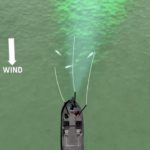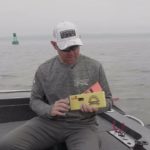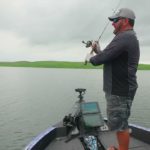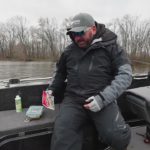How to Pick a Good Lake
All waters are not equally productive
Looking out upon a frozen-over body of water, how are you supposed to know whether your time would be well spent drilling holes and dropping down a bait? Of all the topics ice anglers ponder, this one rarely, if ever, gets treated in depth. But especially if you live in an area blessed with multiple lakes, choosing one to attack is a huge piece of the puzzle.
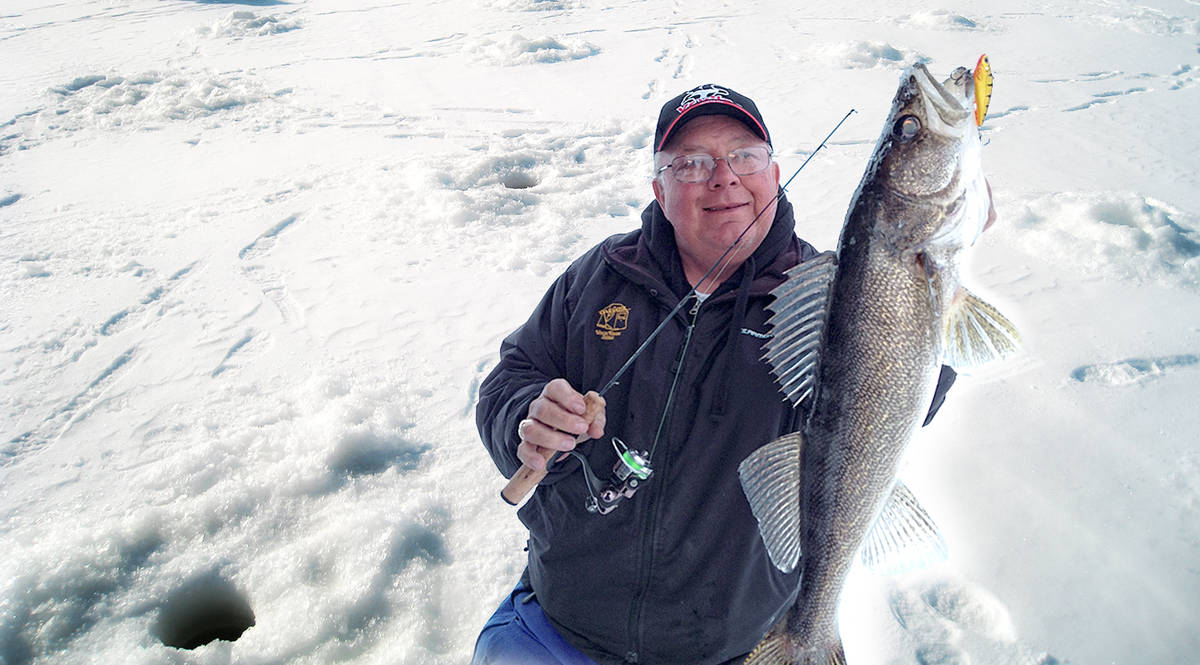 In other words, what’s swimming down there? What’s the average size fish you can expect to catch? Is there a chance for a trophy? Or is the place overrun with tiny, stunted, aggressive fish that will steal your bait and leave you wishing you’d stayed home?
In other words, what’s swimming down there? What’s the average size fish you can expect to catch? Is there a chance for a trophy? Or is the place overrun with tiny, stunted, aggressive fish that will steal your bait and leave you wishing you’d stayed home?
As usual, Dave Genz has spent years thinking about this and has formulated a solid plan that he uses when deciding where to go. Also as usual, he wants to give the plan to you, so you stand a better chance of catching what you go after.
Finding Good Lakes
To begin with, says Genz, you have to keep in mind that lakes are living, breathing, changing, evolving. And you don’t have to wait a generation to see complete reversals of fortune, particularly when it comes to ‘good’ lakes becoming heaping bowls of frustration.
“Even lakes that were good two years ago,” he says, “might not be good right now.”
There are multiple factors at play, some natural, some delivered by the hands of man.
To start with, consider the size of the lake. As you might expect, bigger lakes stand up to fishing pressure better than smaller lakes, all other things being equal. And they tend to be less vulnerable to natural factors.
“If you have the choice,” says Genz, “start by looking at lakes that are maybe 3,000 to 5,000 acres. The shape and physical makeup (relative complexity of structural elements) is an important consideration as well. “With a lot of those small, round lakes that don’t have many features,” says Dave, “the size of the fish has been fished down. They’re full of stunted fish and they’ll never come back unless there’s a freeze-out.”
Don’t forget the freeze-out factor. We’ll come back to it.
When he’s looking through a stack of contour lake maps, one of the important considerations for Genz is this: “I look for lakes that are irregular in shape, meaning there are lots of bays. Those lakes are more likely to hold bigger fish. Those are the places you can go and continually catch nicer fish year after year. They have havens that don’t get bothered.”
Water clarity is another factor. Stained or dirty water systems tend to have good fishing at midday, making those lakes easier to fish, making it more likely that a high percentage of big fish get caught. When big fish get caught out of smaller lakes, they tend to go home in people’s buckets, and that impacts the quality of fishing in short order.
“The clearer the water,” says Dave, “the harder those fish are to catch. That makes a difference. If people get frustrated trying to catch the nice fish, and they can go to a dirtier-water lake and have better fishing, guess where they’re going to go? So the clear-water lakes can produce nice fish more consistently, if you know how to fish them.”
Partial Freeze-Outs Create Quality
How could something that’s considered a bad thing become a good thing? If freeze-outs kill fish, how could they be beneficial to a lake? It’s all in the severity, according to the Genz theory, and the net impact.
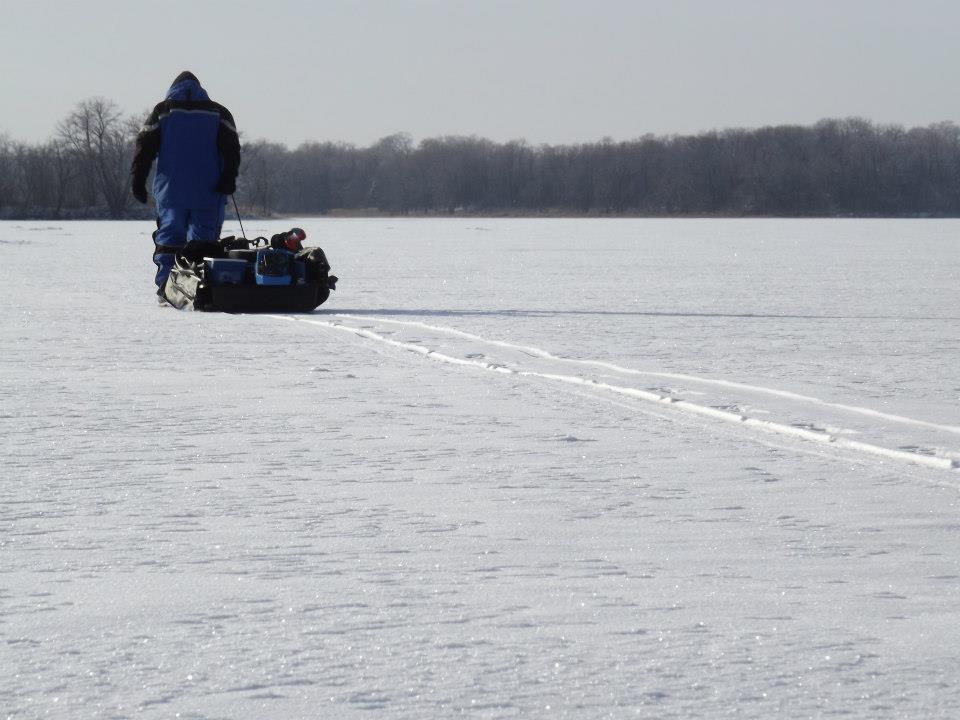 “We know that a lake can only hold so many pounds of fish per acre,” Dave says. “Let’s say you have a relatively small lake with nice fish in it. The word gets out, lots of people are on the ice, and most of the big fish go home in people’s buckets. It doesn’t take long for the size structure to be out of whack, for the lake to be full of small fish.
“We know that a lake can only hold so many pounds of fish per acre,” Dave says. “Let’s say you have a relatively small lake with nice fish in it. The word gets out, lots of people are on the ice, and most of the big fish go home in people’s buckets. It doesn’t take long for the size structure to be out of whack, for the lake to be full of small fish.
“The pounds-per-acre are there, but the size isn’t. If you could kill half the fish in that lake, all the remaining fish could grow twice as big. But if you keep taking all the big ones out, the little ones don’t have enough to eat, and they tend to stay small.”
This is the classic problem of stunting, which occurs in panfish populations and with species such as northern pike as well. “Once a lake gets like that,” says Genz, “it won’t change unless something happens to remove a huge number of those small fish.”
Enter the ‘partial freeze-out’ factor, something you won’t hear about but Genz believes is a huge deal when it comes to helping lakes make a comeback.
“In observing which lakes consistently produce nice fish,” says Dave, “I believe a partial freeze-out can be responsible for that.”
A freeze-out occurs when oxygen levels in an iced-over lake go low enough to wipe out most or all of the fish. Freeze-outs take place most often in small, shallow lakes that develop thick ice and snow cover, which remains for more than about a month. Oxygen-producing sunlight is snuffed out long enough that massive fish die-offs occur. Total freeze-outs, if they are followed by restocking, can result in excellent fishing until the balance of fish sizes is again impacted, usually by fishing pressure. But a lake that goes through partial freeze-outs on a fairly regular basis, Genz theorizes, regulates fish size naturally and the result is good fishing that goes on and on and on.
Small lakes of fairly uniform shallow depth are vulnerable to total freeze-outs. Larger lakes with complex features, including both shallow sections and deeper water that can sustain life under potential freeze-out conditions, can go through partial freeze-outs that reset the lake in terms of fish size.
“It has to happen,” maintains Genz. “After the oxygen levels start to get to the danger point, there’s no way all the fish in the lake could swim out to one area. So a lot of small fish get trapped in the shallow bays and die, but other fish survive and have a chance to grow big.
“You can have a lake that’s full of small pike and small panfish, and the pike are in the shallow bays chasing these panfish. They’re not all smart enough to swim into the main lake once the oxygen levels drop. Some do, especially if they’re out on the edges. But they don’t all make it. It’s genetic straining. I’ve been on big shallow bays where you drill a hole and minnows come up in the hole, showing that they were all up sucking air at the surface. They didn’t know enough to swim out through the channel and into the main lake.”
Choosing the right lake comes down to fishing hard, being observant, and watching for conditions that can cause partial freeze-outs. Then, checking lakes that are candidates, based on their physical makeup, to have gone through a size restructuring.
“Everybody has a more consistent lake,” says Genz, “that you go to because it has nicer fish in it. Finding those lakes is what our system is all about.”
Note: Dave Genz, known as Mr. Ice Fishing, was the primary driver of the modern ice fishing revolution. He has been enshrined in the National Fresh Water Fishing Hall of Fame and Minnesota Fishing Hall of Fame for his contributions to the sport. For more fishing tips and to order his new info-packed book, Ice Revolution, go to www.davegenz.com.


